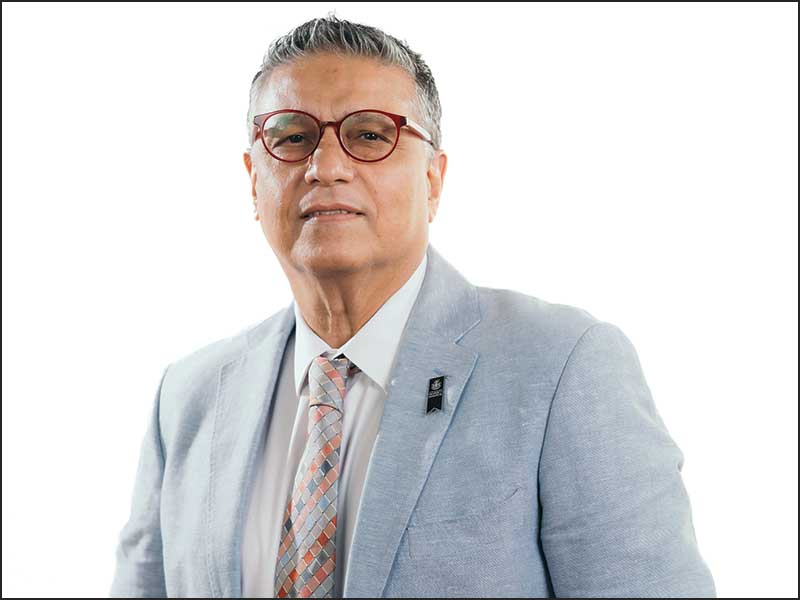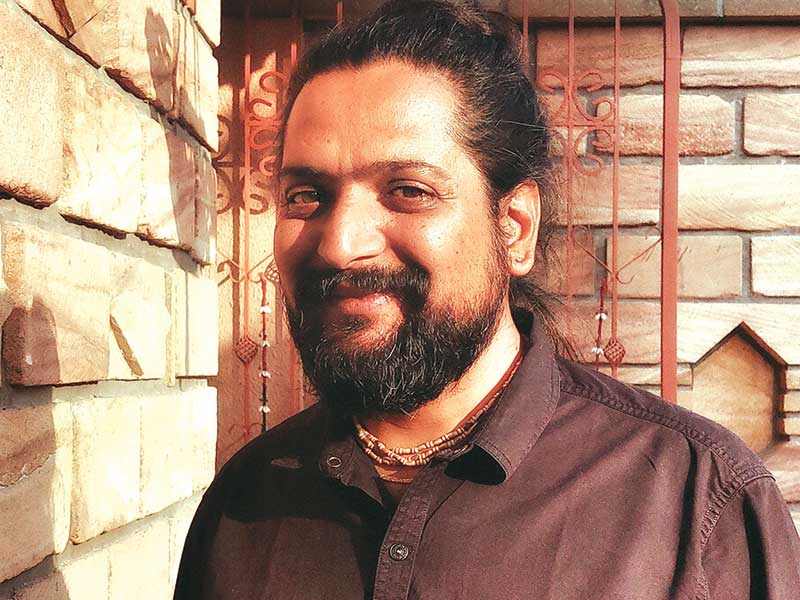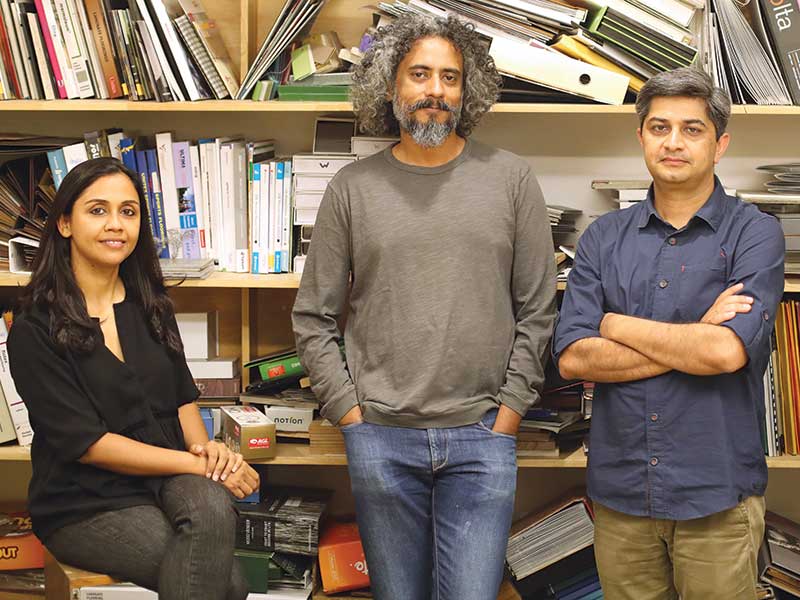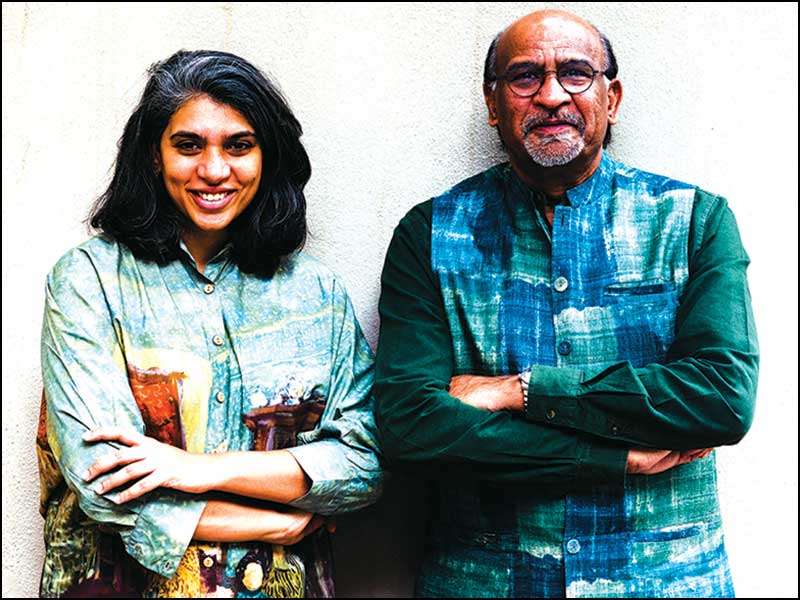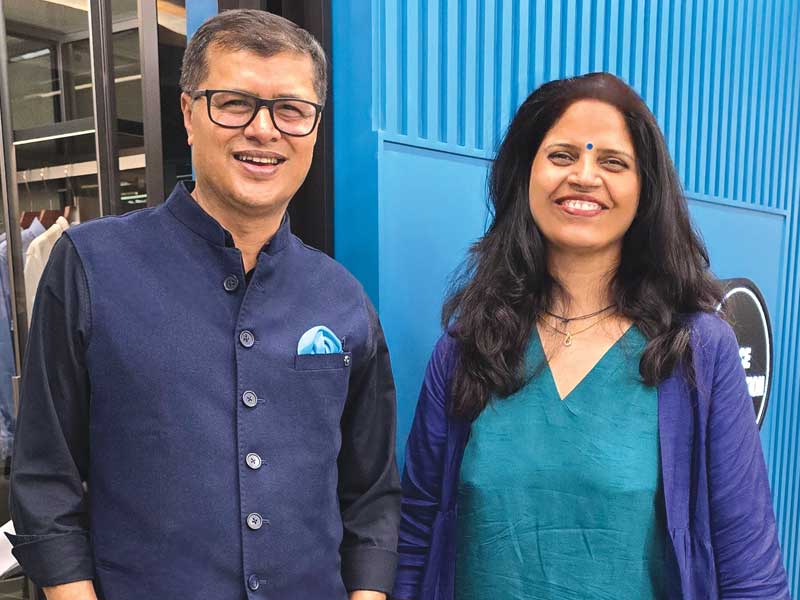
The architecture and design of buildings in India has evolved through a series of contextual eras. The past legacy of the British Raj is quite evident and is being blended today in a collage of regional Indian traditional architecture with their requisite climatic responses, thereby providing a more regional definition to the architecture that is prevalent. Architecture today stands at a junction where it has still not truly found its identity. In a forage to connect with its roots, it’s still evolving as an ‘architecture in transition’.
The individual has a need to be in propinquity with nature. Co-existence with nature is essential for mutual well-being, which is getting depleted. The urban dynamics indicate an alarming surge in migration rates thereby stressing urban spaces for their optimum utilization. As a result, the city grows either vertically or the green spaces get built upon, confiscating the open greens from the people and irrationally hyping the ideal cost of living inside a metropolitan. The population, in response, tries to move away to the suburban areas and travels to city for work, resulting in an intensively overloaded transportation system. In such a context, the architecture demands an integration of green terraces within the buildings, providing people with green open spaces to harmonize and interact with nature.
Another critical aspect of the rapid urbanization and the astronomical population growth is the increase in waste generation and its mismanagement. Hence, the architecture of today also needs to factor highly efficient waste management systems, well concealed below the city. The focus of architects and designers today, should be on how to integrate the lifestyle of human beings with nature, making it into an evolving organic lifestyle so that ultimately the human beings don’t become subservient to a progressive technological lifestyle, but rather, the technology is subservient to human beings, and the architecture becomes a reflection of the continuum of evolving human race, being able to prevail its relationship with ecology moving forward in a sustainable way.

Advancement in computational technology in architecture is two-fold. The first aspect relates to computational design and the other analyses and simplifies the execution of complex building designs. Conceptualization through software such as Autodesk MAYA, Rhino and Grasshopper have allowed the formulation of designs that are conceived as a response to certain parameters and variables in design, as a computer-driven process aimed for a desired experience and efficiency. This outbreak in design process is intriguing and radical, and has undoubtedly carved a niche for itself.
The other aspect of computational technology in architecture is BIM, which tends to fine tune, analyze and simulate complex building structures and services, making the entire process simpler and efficient. These technologies have clearly widened the playground for us as designers to experiment and put forward the most fitting design in the best possible way with a highly simplified execution. The software are also a significant catalyst in conceiving a sustainable design vocabulary for the future of our built environment such as conceptualization of dynamic-responsive facade systems, heat-resilient structures and beyond.
Use of modern materials will see architecture evolving
 Aakash Healthcare
Aakash HealthcareContemporary possibilities with glass are enormous, from being able to regulate the amount of heat, light and acoustic control to evolving as a highly robust and dynamic structural material composite. Use of modern materials will see architecture evolving and the role of architects and designers in this regard will not only be limited to integrating the technologies, but also to guide its evolution to preserve the human way of life, and not go too overboard with technology.
If, within the overall design process, construction technologies like precast, PEB’s, and drywall fit in, they can provide modularity, along with economy and ease of design.
Construction technologies like precast, PEB’s, and drywall have actually brought in a lot of flexibility, economy and functionality into architecture. However, they have their limitations, as they are yet not being able to perceive complete unanimity with the architect’s imagination. So, yes, within the overall design process, they have a substantial role, where they can fit in and provide modularity, and, of course, modularity brings economy in construction and ease of design.
However, they have a long way to go before they can fully comprehend, match and achieve the extent of architectural imagination we envision. And, of course, if in the design process, these provisions are integrated well at the conceptual stage and they are given the right amount of lead time, they can contribute significantly in meeting the aspirations of the architect and the various stakeholders.
To further combat this disconnect, the technologists should probably have a dialogue with the design teams to provide the desired flexibility, which would, in turn, provide the architects with a lot of permutations and combinations to put these technologies in such a way so that it is able to meet the designer’s vision.

